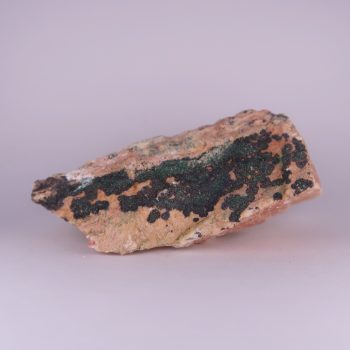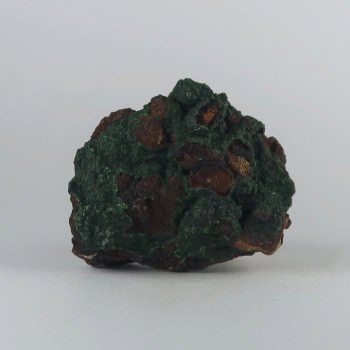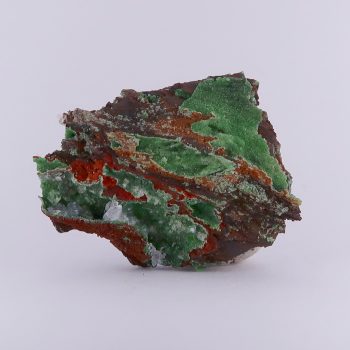Conichalcite
Conichalcite is a bright, vibrant green to yellow-green arsenate mineral that typically forms in botryoidal, granular, or encrusting masses.
Showing all 3 results
-

Conichalcite from La Encontrada Mine, Spain
£15.00 -

Conichalcite from La Reconquistada claim, Spain
£5.00 -

Conichalcite from Ojuela Mine, Mexico
£10.00
Information about Conichalcite
Conichalcite is a bright, vibrant green to yellow-green arsenate mineral that typically forms in botryoidal, granular, or encrusting masses, though it occasionally appears as tiny prismatic or acicular crystals
Uses and History
Conichalcite is primarily a collectors mineral, due to its bright green colour and interesting, attractive crystals. It is rarely used as an ore of copper, but may be in some cases.
Named in 1849 from the Greek words ‘konis’ (powder) and ‘chalkos’ (copper) due to its composition.
It was originally discovered in Don Bonete mine, Andalusia, Spain.
Mineralogy
Green, yellow green, light green.
Hazards and Warnings
Toxic mineral, contains arsenic.
Mineral collectors should wash their hands after handling specimens, to avoid any exposure to potential toxins.
Almost all rocks, minerals (and, frankly, almost all other substances on earth) can produce toxic dust when cutting, which can cause serious respiratory conditions including silicosis.
When cutting or polishing rocks, minerals, shells, etc, all work should be done wet to minimise the dust, and a suitable respirator or extraction system should be used.
Translations
Arabic:
Hindi:
Portuguese:
- Conicalcita
Bengali:
Indonesian:
Punjabi:
English:
Italian:
Russian:
- Конихальцит
French:
Japanese:
- コニカルサイト
Spanish:
- Conicalcita
German:
- Konichalcit
Korean:
- 코니칼사이트
Thai:
Gujurati:
Mandarin Chinese:
Urdu:
